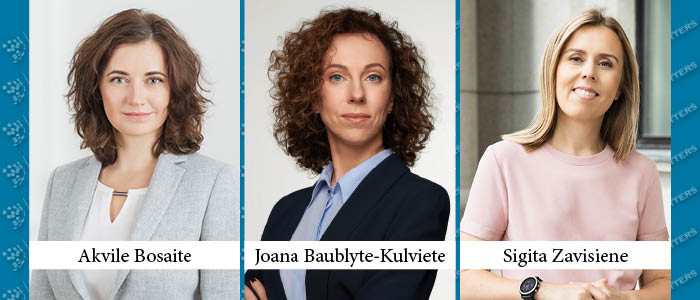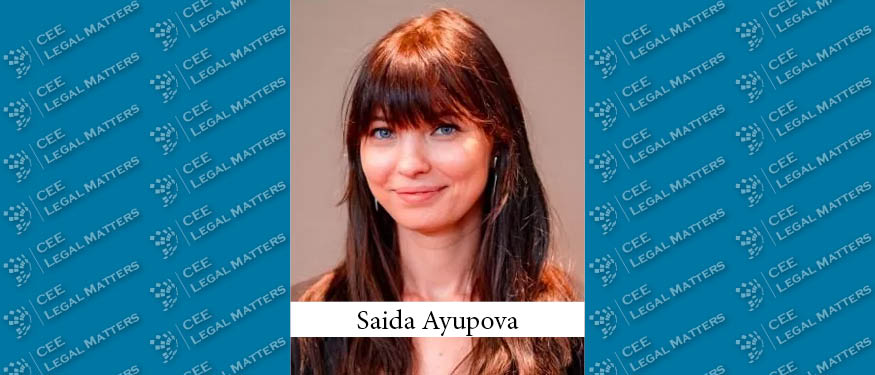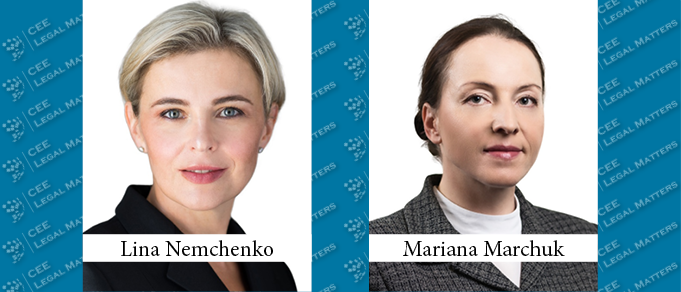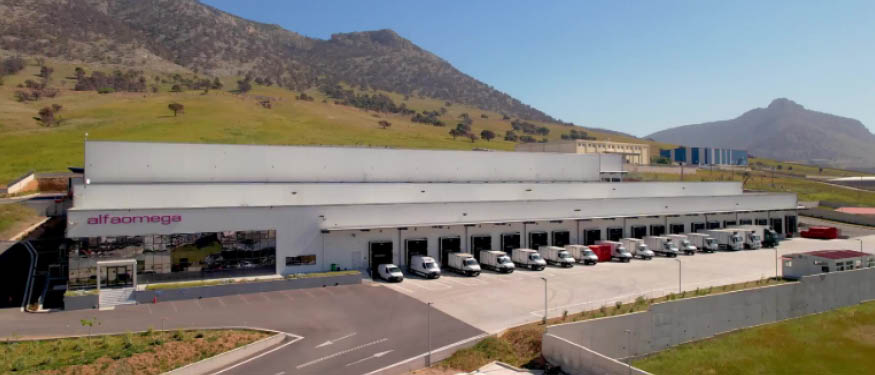While Lithuania’s fintech sector has emerged as a European powerhouse, the number of licensed companies has been decreasing, indicating a shift towards a more quality-focused approach. Cobalt Partner Akvile Bosaite, Motieka Head of Financial Services and Compliance Sigita Zavisiene, and Walless Partner Joana Baublyte-Kulviete take stock of the sector.
A Fintech Hub
“In recent years, Lithuania has been making significant strides in the fintech sector, positioning itself as one of the emerging fintech hubs in Europe,” Bosaite begins. “The country’s proactive approach to establishing a favorable regulatory environment played a crucial role in this, as illustrated by the establishment of a comprehensive regulatory framework for electronic money and payment institutions by the Bank of Lithuania,” she explains. According to her, this initiative streamlined the licensing process for fintech startups, facilitating their entry into the market.
Furthermore, Bosaite reports that the fintech landscape structure “remains consistent, with the payments sector maintaining the largest market share. Nevertheless, the fintech market is diverse, featuring numerous participants from various sectors such as financial software, digital banking, and lending.” Additionally, with the imminent implementation of the MiCA Regulation, Bosaite thinks it probable that, “in the next year or two, an increasing number of crypto-asset service providers will choose Lithuania as their entry point to the European market.”
Baublyte-Kulviete also highlights Lithuania’s successful journey as a fintech hub. “We have been observing the trend of fintech companies settling in Lithuania for several years after Lithuania has declared its ambition to create a fintech hub,” she says, attributing this success to the collective efforts of policymakers, governmental institutions, and the private sector. She further notes the remarkable outcomes of this initiative, with the country registering “the highest number of licensed payment services providers in the EU, ten newly licensed banks, as well as an entire ecosystem that appeared.”
Advantageous Regulatory Framework
One of the foremost reasons for such a strong development of the fintech sector in Lithuania stands squarely in the regulatory corner.
According to Baublyte-Kulviete, “an appealing regulatory landscape was definitely amongst the factors that catalyzed the development of the fintech sector.” She cites historical factors, such as access to the Single Euro Payments Area – which, according to Bosaite, means that businesses licensed here can operate throughout the EU under the passporting system – and the permission to submit applications in English. However, she also points to the “existing fintech ecosystem and the availability of experienced and capable talents as current attractions for fintech companies in Lithuania.”
Moreover, Zavisiene points out that there is a unique type of bank license in Lithuania – a specialized bank license. This license allows for the provision of the “full scope of banking services, except for investment services. Accordingly, as the specialized bank business model excludes the provision of the investment services, a capital requirement is significantly lower — EUR 1 million compared to EUR 5 million for a full-scope bank,” she explains.
Bosaite also adds that the country benefits from competitive costs – “Lithuania offers a competitive cost structure compared to other European financial hubs like London or Frankfurt,” and a strong talent pool – “Lithuania boasts a highly educated and skilled workforce, particularly in the fields of finance, technology, and computer science.” Moreover, she stresses the importance of “infrastructure – Lithuania has cultivated a vibrant ecosystem for fintech companies, complete with incubators, accelerators, and various initiatives like the Bank of Lithuania’s Centrolink payment system, and, finally, regulatory environment: despite continual tightening by the regulator, market participants generally perceive the regulatory environment as predictable and reasonable.”
However, when it comes to specific regulatory advantages, Bosaite explains that “the Bank of Lithuania now prioritizes the quality of services provided by market participants, compliance with prudential requirements, and societal benefit. A notable shift has been observed, with the growth of fintech companies plateauing for the first time since 2017, indicating a more cautious approach by supervisory authorities,” she explains.
Quality Over Quantity
Zavisiene highlights the evolving fintech sector’s numbers, stating that, “as of 2021, the number of licensed Fintech companies, e-money and payment institutions, issued by the Lithuanian Central bank has actually been decreasing.” She explains that in 2021, Lithuania had 141 licensed fintech companies, but this number decreased to 131 in 2022 and further to 127 in 2023.
Moreover, Zavisiene emphasizes the concentration of turnover within the sector: “According to the most recent statistical data, 86% of the whole sector’s turnover has been generated by just ten Fintech companies, and 56% of the whole sector turnover is generated by a single company – Paysera.” This underlines the significant contribution of a select few fintech entities to the sector’s overall performance.
Baublyte-Kulviete acknowledges a change in focus by regulators towards tightening supervision as well, explaining that “the situation has changed in recent years when the regulator declared its ‘quality over quantity’ policy and focused more on tightening the supervision.”
Zavisiene also delves into the reasons behind this shift, discussing the strict regulatory environment and its consequences. “Non-compliance with regulations applicable to Fintech companies has extremely severe consequences, such as high penalties or even revocation of the licenses.” These stringent measures have led to a decrease in the number of licensed fintech companies. Additionally, she describes the emerging trend of acquiring licensed companies, often when investors aim to maintain the target company’s existing business. “If all documents are well prepared during the overall acquisition process, dealing with the Bank of Lithuania might fit in a six-month period. However, if the plan is to change the business model of the target dramatically, the acquisition might take far longer and could become in principle the new licensing process,” she explains.
Lithuania Had Its Full?
Focusing on the road ahead, Bosaite says that she sees the changing landscape as an organic evolution. “The Lithuanian fintech community regards this evolving landscape as an organic shift within the market – Lithuania’s emphasis has transitioned from the quantity of market participants to the quality they deliver,” she says. “While this may pose greater challenges for new entrants and startups seeking entry, it also presents a remarkable opportunity for well-established, mature financial service providers to experience exponential growth.” Zavisiene chimes in saying that the change is already underway, particularly in the e-money and payment institutions sector. “The strategy of the regulator has switched from a rapid growth of the Fintech sector to an increase in the sector’s maturity,” she says. This shift, according to her, means that e-money or payment institution license holders “must establish robust governance arrangements, risk management processes, and procedures to identify and mitigate business risks.”
Finally, Baublyte-Kulviete offers a pragmatic view. “The hype cannot continue forever, and there are natural ups and downs. I find it very natural that the regulator has now less appetite for licensing more e-money and payment services providers,” she explains. “We do hope, however, that the fintech experience will be successfully extrapolated into other verticals, like WealthTech and crypto assets industry,” she concludes.
This article was originally published in Issue 10.10 of the CEE Legal Matters Magazine. If you would like to receive a hard copy of the magazine, you can subscribe here.















